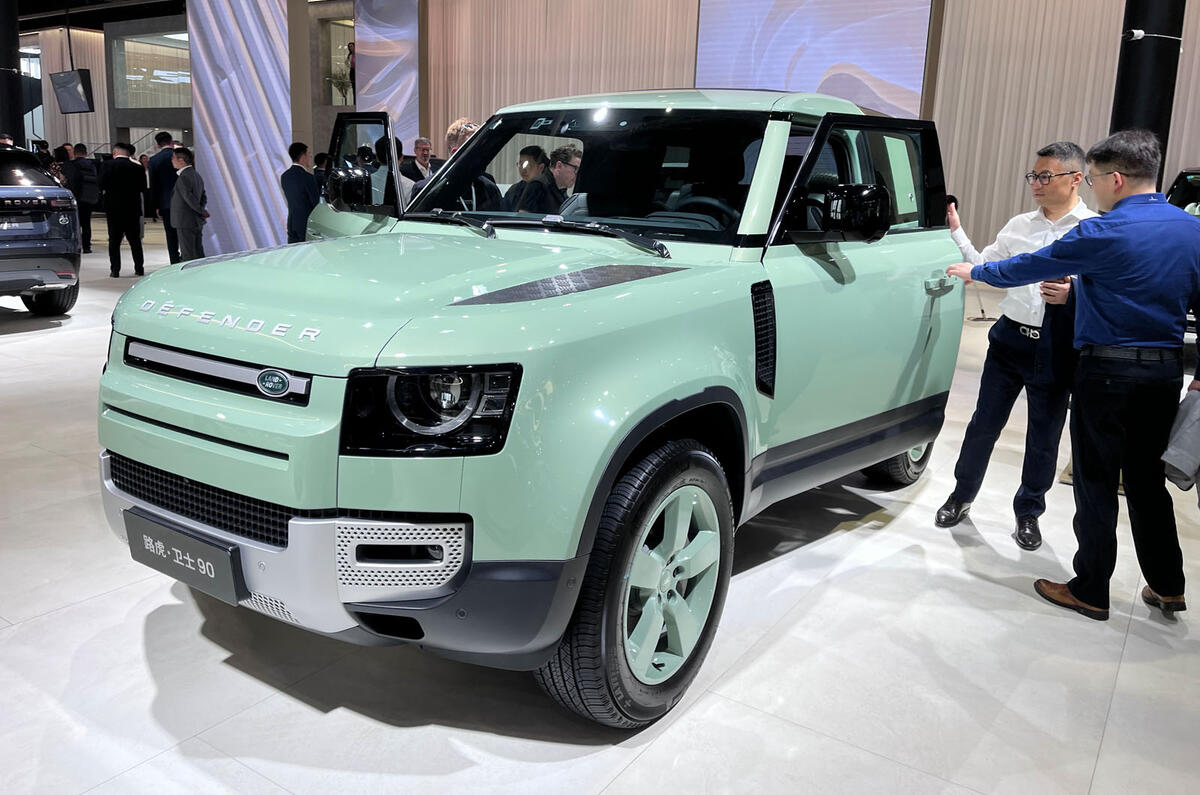Two figures stood out starkly from JLR's most recent results presentation: the average price of vehicles it exported to China last year (£101,000) versus the average price of cars made there with its joint-venture partner (£36,000).
Companies often build cheaper models locally to remove some of the costs associated with importing. However, the price gulf between the two in JLR’s case presents it with a huge dilemma.




Add your comment